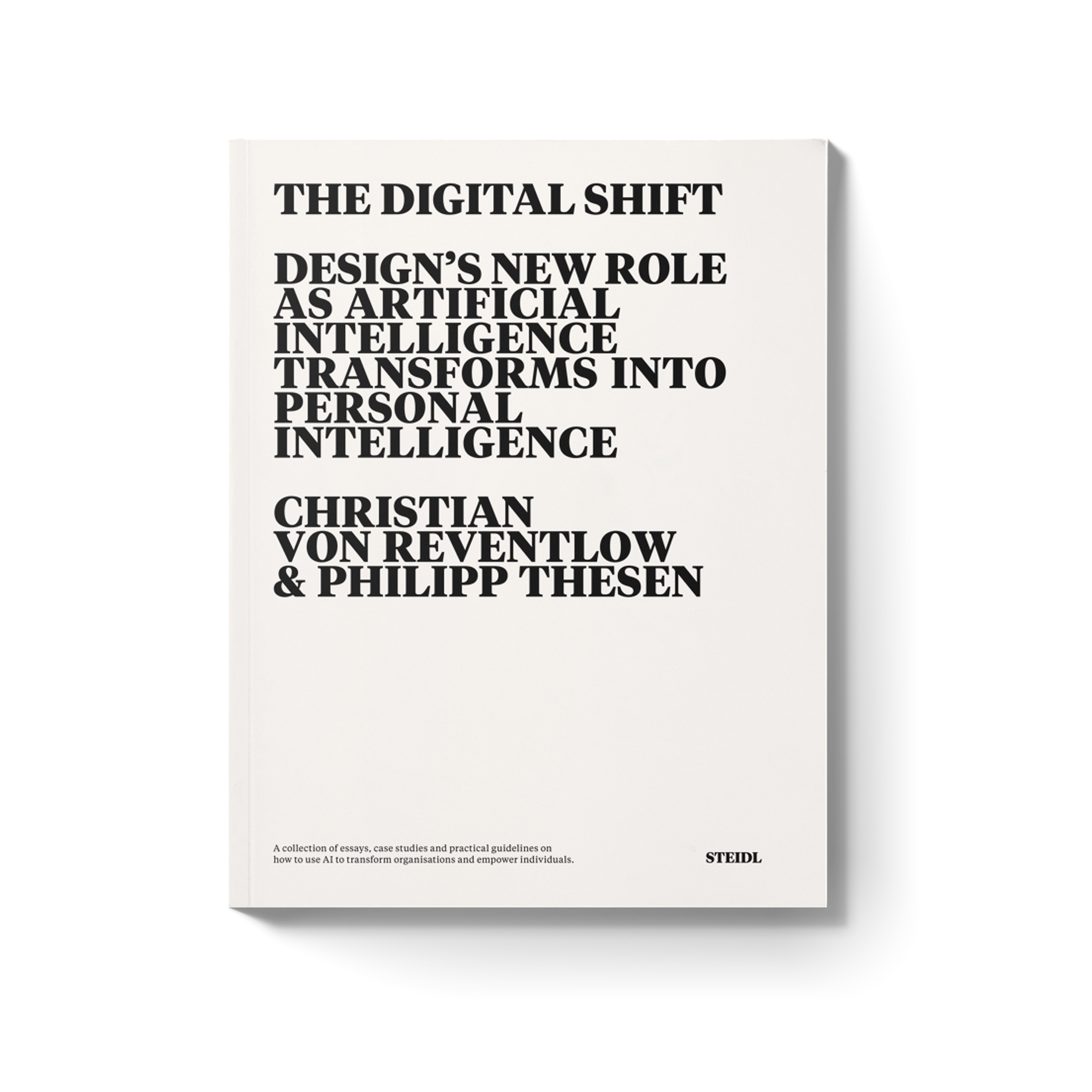THE DIGITAL SHIFT
The Digital Shift - pre-order now for 39,90€
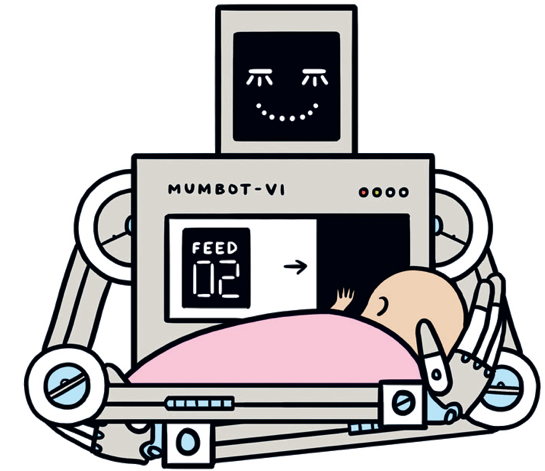
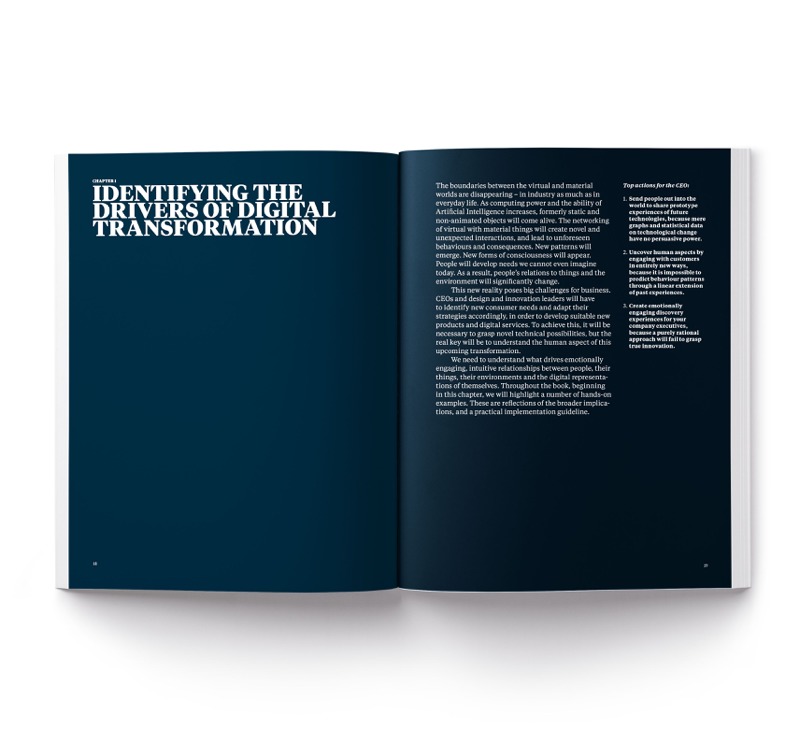

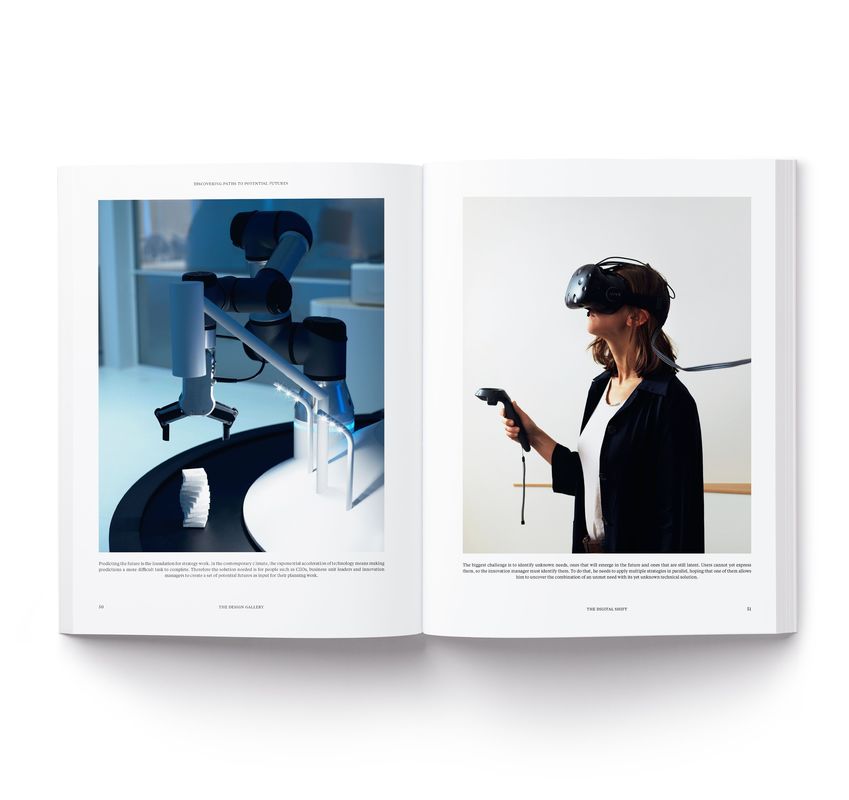
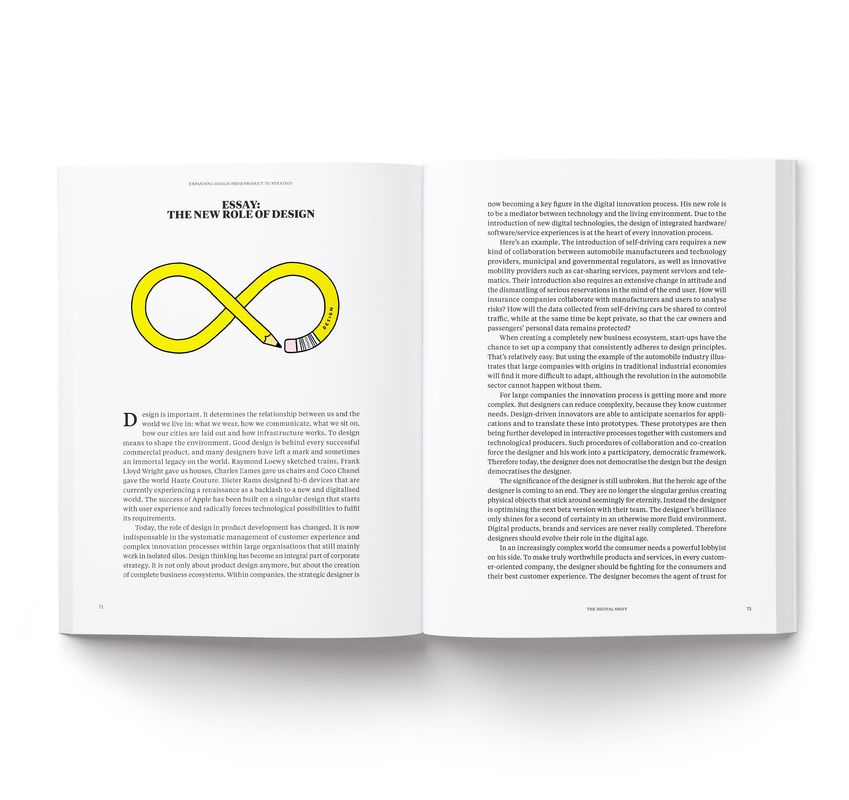
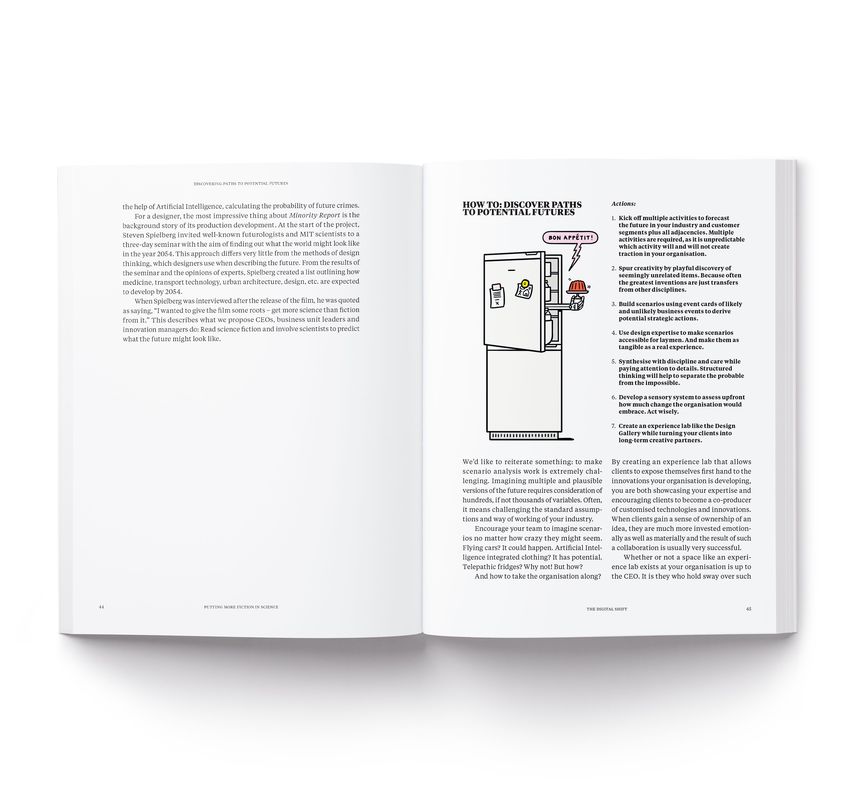
Chapter 1
THE DRIVERS OF
Explore
As computing power and the ability of Artificial Intelligence increases, formerly static and non-animated objects will come alive. The networking of virtual with material things will create novel and unexpected interactions, and lead to unforeseen behaviours and consequences. New patterns will emerge. New forms of consciousness will appear. People will develop needs we cannot even imagine today. As a result, people’s relations to things and the environment will significantly change.
This new reality poses big challenges for business. CEOs and design and innovation leaders will have to identify new consumer needs and adapt their strategies accordingly, in order to develop suitable new products and digital services. To achieve this, it will be necessary to grasp novel technical possibilities, but the real key will be to understand the human aspect of this upcoming transformation.
We need to understand what drives emotionally engaging, intuitive relationships between people, their things, their environments and the digital representations of themselves. Throughout the book, beginning in this chapter, we will highlight a number of hands-on examples. These are reflections of the broader implications, and a practical implementation guideline.
Chapter 2
PATHS
Explore
Therefore, CEOs, business unit leaders and innovation managers need to create a set of potential futures as input for their planning work. The biggest challenge is to identify unknown needs, ones that will emerge in the future and ones that are still latent. Users cannot yet express them, so the innovation manager must identify them. To do that, he needs to apply multiple strategies in parallel, hoping that one of them allows him to uncover the combination of an unmet need with its yet unknown technical solution. This approach is nothing new, but it has to be applied diligently.
The situation is further complicated by the adoption curve of technology. Many of the technologies that determine our lives today have been admired by previous generations only in science fiction films. What was once imagined by science fiction writers, from swiping on screens to gesture control and precrime (preventing murder by precognition), is now becoming mainstream.
However, the early adoption of new products and services cannot predict their mainstream success. New technologies might be deployed in many ways. These scenarios need to be discovered. In this chapter we will provide methods and examples of how to achieve this.
Chapter 3
DESIGN
Explore
A new role gets created: the strategic designer, a key figure for innovation and digital transformation. He mediates between technology and the living and changing environment.
Chapter 4
ARTIFICIAL
Explore
Chapter 5
PERSONAL
Explore
Let’s imagine a different AI. One that is a personal tool for everybody. Tools are extensions of human capabilities. They are used by individuals. To build something, to create an impact, to change the world around us. Tools are controlled by the user. A great user experience will thus be key to making AI user friendly for everyone – to democratise it. Countless technologies have undergone a process of democratisation. In many cases, like the computer, say, technologies were designed for use by research and government organisations, and only later were they adopted by large corporations, after which they eventually became available for personal use.
Similarly, Artificial Intelligence will transform into Personal Intelligence. From AI to PI. A smart tool for everyone. Personal Intelligence requires applying user experience to Artificial Intelligence in a radically new way and design will play a prominent role in this process.
Chapter 6
INTELLIGENCE
INTERNET
Explore
The next generation internet will allow us to render digital representations of every object in the world. They will be what we call digital twins. Introducing Personal Intelligence will allow us to create a personal tool that will operate on our behalf, helping us to negotiate our transactional, social, political and economic relationships.
In this way, Personal Intelligence will not be a corporate algorithm, like the algorithms created by Amazon or Google. It will be a personal algorithm. Your personal digital twin will work on your behalf. It will be your personal spokesperson, lawyer, consultant, teacher, lobbyist, headhunter, confessor and service key. It will be technology you can really trust.
THE AUTHORS
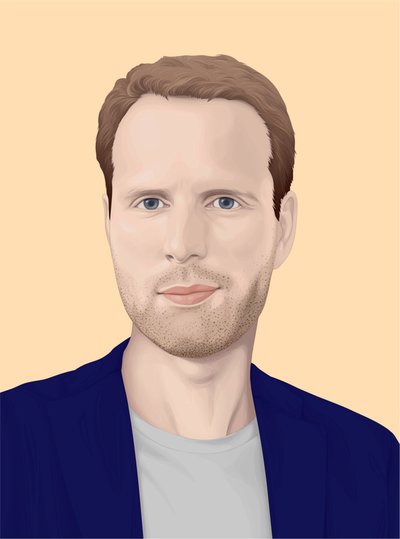
PHILIPP
Philipp Thesen is a prominent pioneer in the field of strategic design for digital transformation. He helps organisations to implement design as a driving force, to distinguish the brand at the product and service level, and as a mindest for innovation and organisational transformation. Philipp has two decades of experience as designer, innovation consultant and leader of international design teams. As Chief of Design at Deutsche Telekom he was responsible for the design strategy, the design of all products and digital user experiences, and the worldwide implementation of customer experience design. His focus on design as a strategic asset for the business won hundreds of international design awards. Philipp is a professor of design with a focus on Human-System-Interactions at the Darmstadt University of Applied Sciences where he is also researching design and AI.
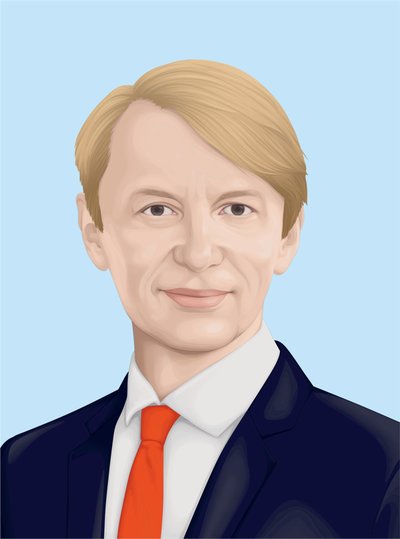
CHRISTIAN
Christian von Reventlow is focused on transforming organisations culture, core processes and governance to create value through innovation. He wins Board support for the mission, operates outside-in starting with customer value and drives enterprise-wide deployment of the latest digital technologies such as AI, AR, IoT, digital twins and edge computing. Christian believes positive global impact can be created by applying technology with humans and the planet in mind. His career spans two and a half decades of management and officer-level assignments at global technology companies including Deutsche Telekom, Intel and HERE.com (Nokia and Microsoft), creating multiple startups. His leadership profile is marked by a collaborative approach at the executive level and a dedication to managed.
